Mindblown: a blog about philosophy.
-
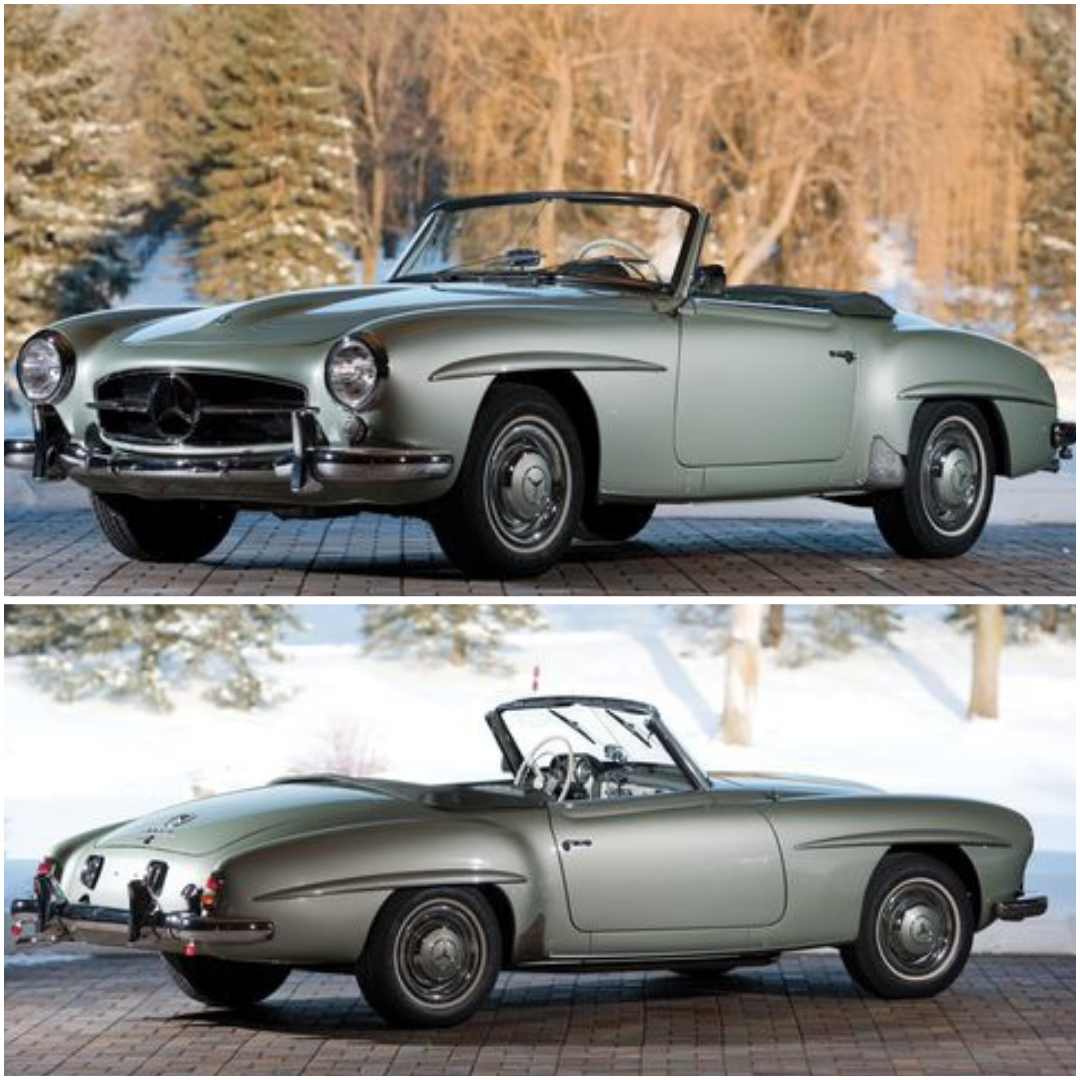
1957 Mercedes-Benz 190 SL
With the exotic, high-performance 300 SL coupe and roadster making headlines for Mercedes-Benz, the company’s chief US importer, Max Hoffman, suggested an equally stylish, yet less costly alternative could be a strong seller Stateside. The resulting 190 SL was based on the production Ponton sedans, but it featured attractive new styling loosely derived from its…
-
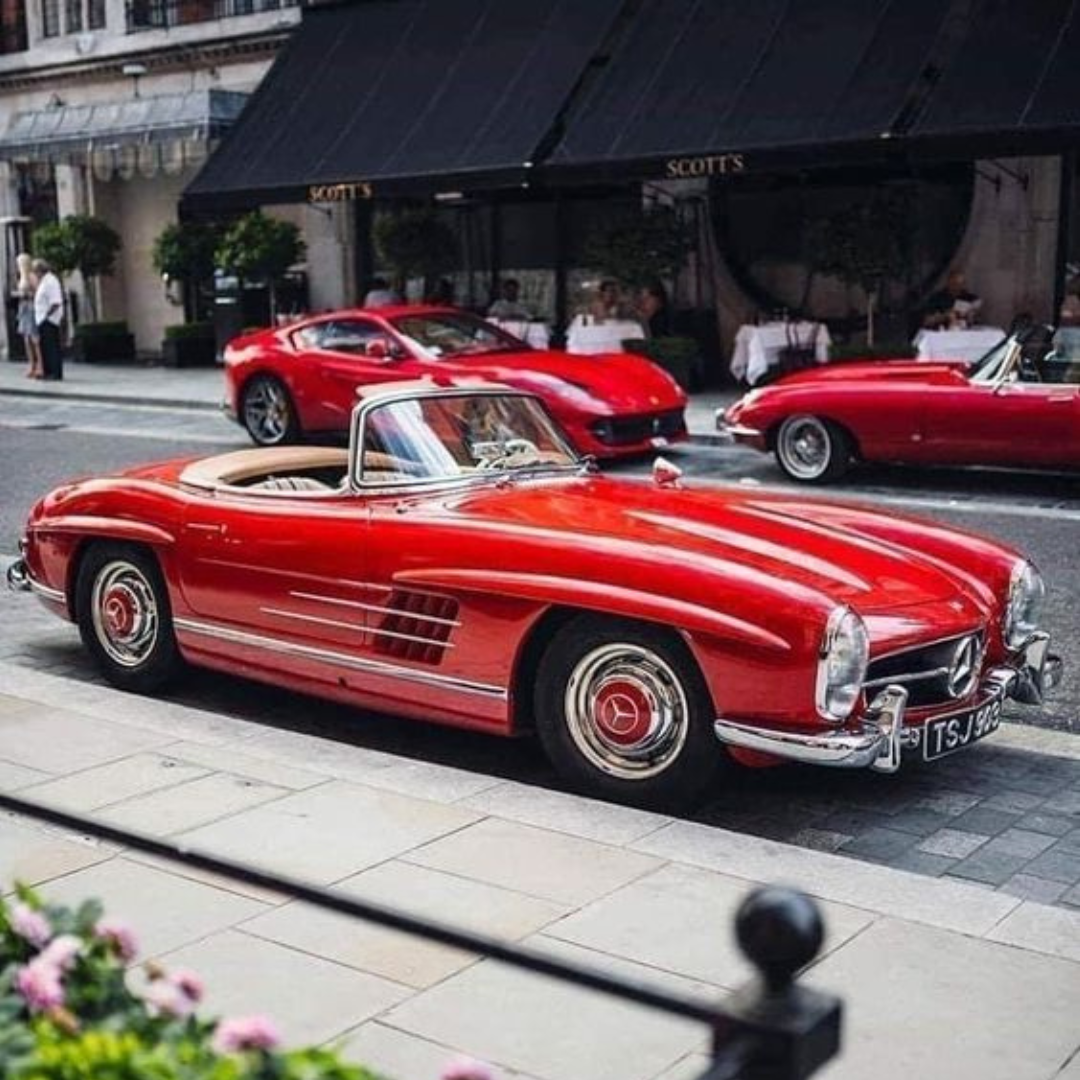
1957 Mercedes-Benz 300 SL Roadster
U. S. importer Max Hoffman is claimed as being largely responsible for Mercedes’ decision to build a roadster version of the gullwing coupe. The roadster made its first appearance in the spring of 1957 at the Geneva Motor Show. By the end of the year, the final 70 gullwing coupes and the first 618 roadsters…
-
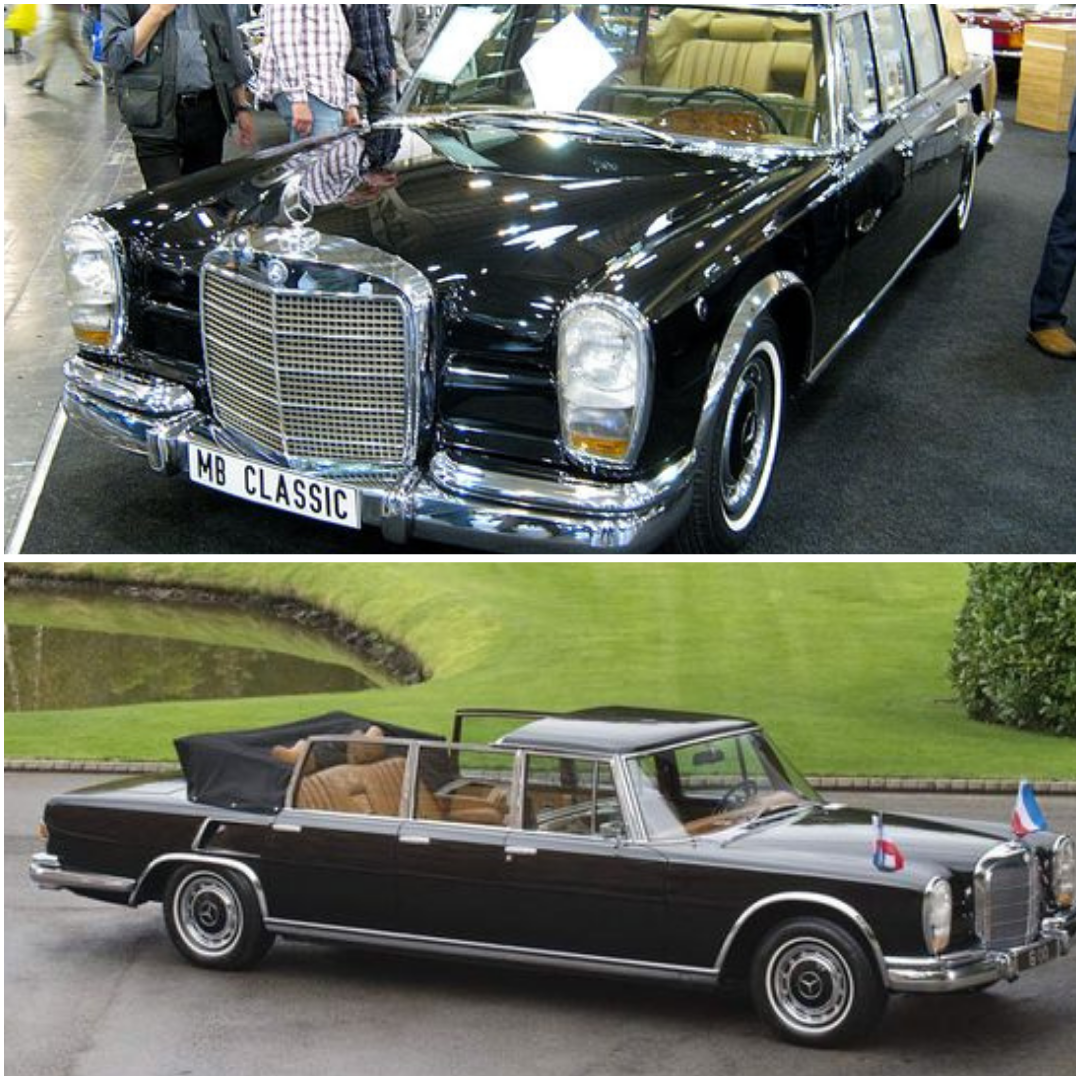
1965 Mercedes-Benz 600 Four-Door Pullman
Thanks to its technological sophistication, comfort, and the sheer presence of these big Mercedes-Benzes, the 600 quickly became the ride of choice for the global elite. Heads of industry, leading entertainers, dignitaries, dictators, and even the Pope were among those chauffeured about in enviable luxury in their respective Mercedes-Benz 600s.
-
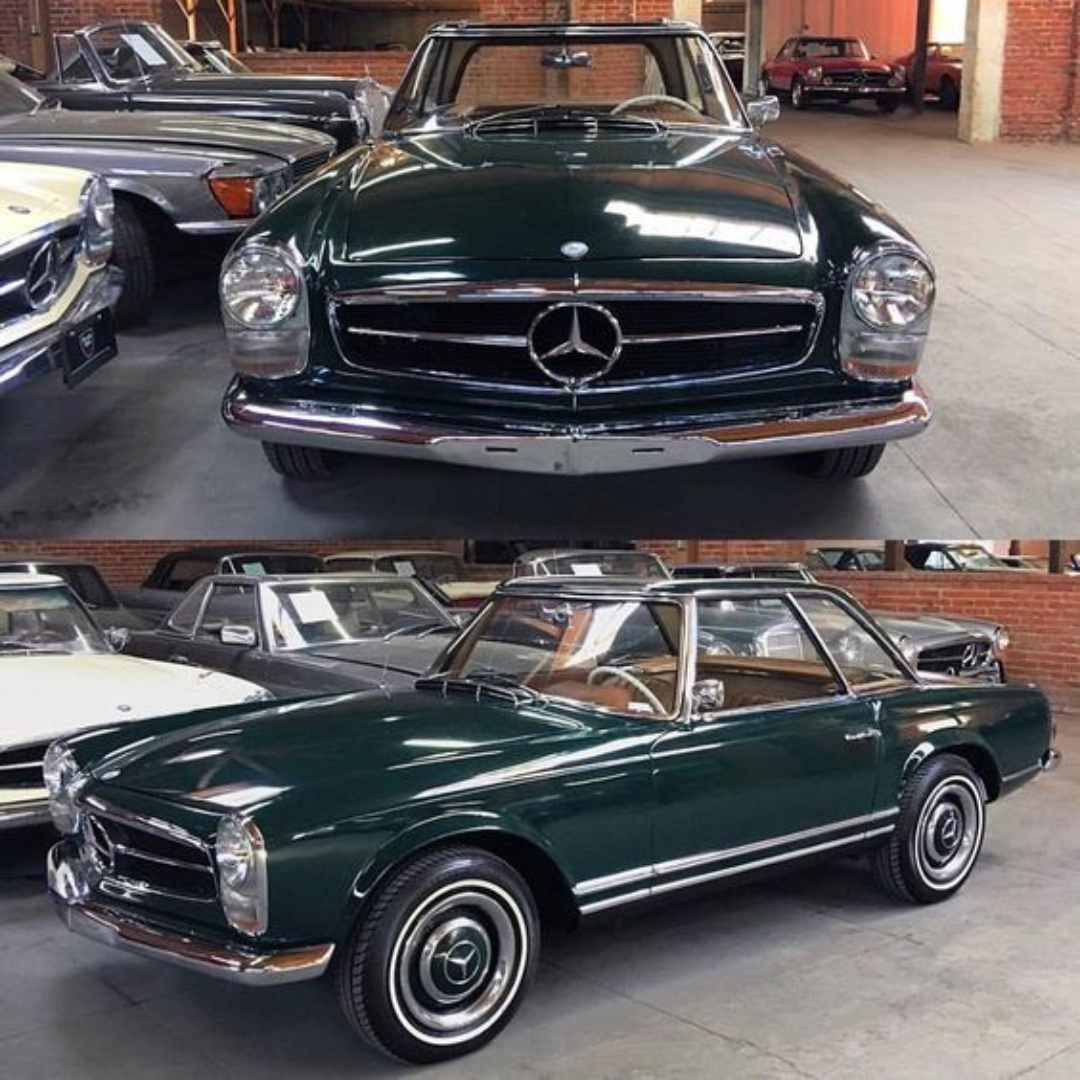
1966 Mercedes-Benz 230 SL ‘Pagoda’
The elegant styling and undeniable appeal of the Mercedes-Benz 230 SL “Pagoda” made the German two-seater popular at the time of its first availability in the 1960s, and its long-lasting charm has sustained demand as a coveted collector car since then. 1966 Mercedes-Benz 230 SL ‘Pagoda’ | RM Sotheby’s 1966 Mercedes-Benz 230 SL ‘Pagoda’ | RM Sotheby’s
-
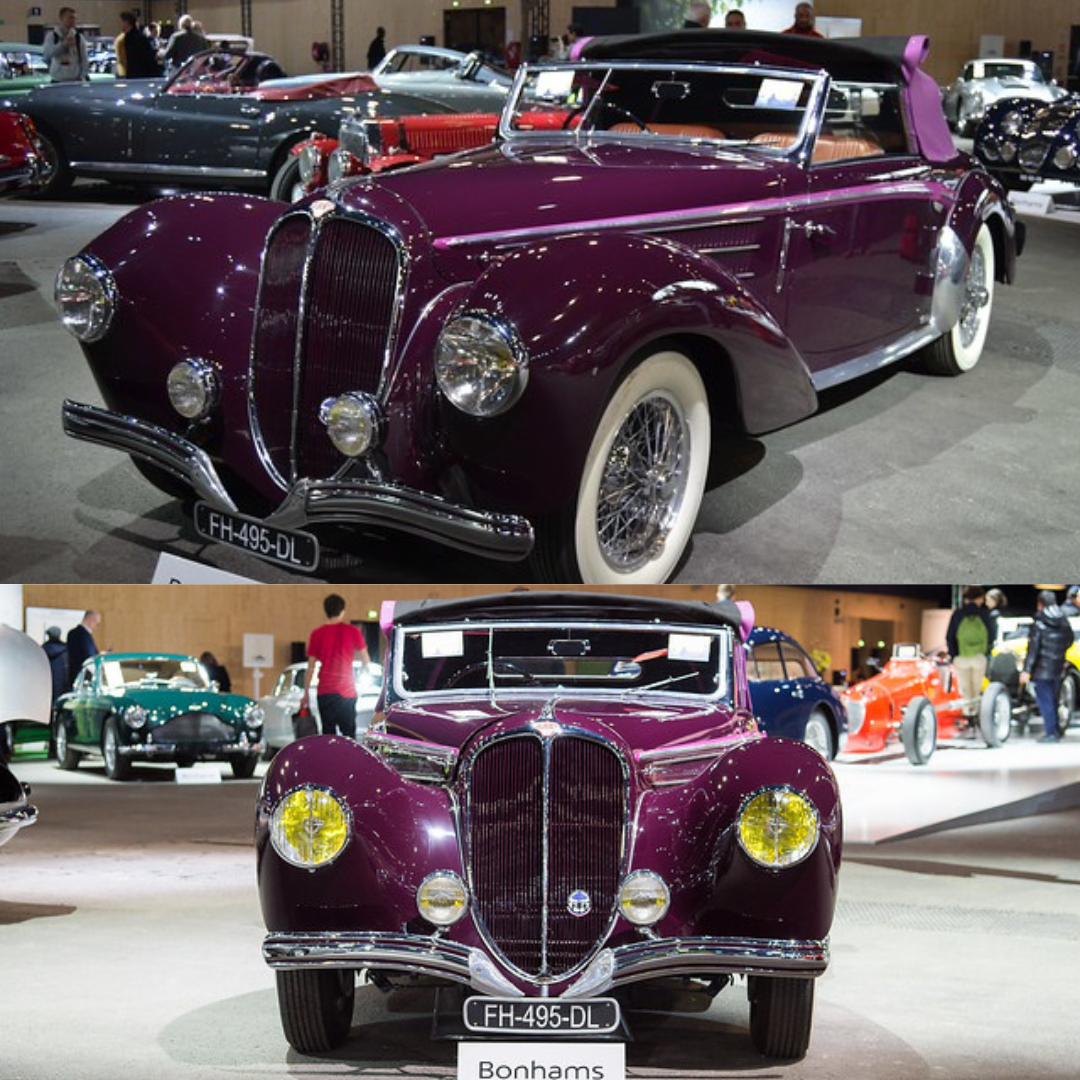
1947 Delahaye 135 MS Sport Coupé by Chapron
The car featured here was specifically built for and owned by Louis Chiron, the renowned Bugatti driver. The Delahaye Type 135’s performance and Chapron’s classic styling clearly caught the attention of Louis Chiron in 1946. Chiron, a famous racing driver who drove for a number of teams in the 24 Hours of Le Mans, also…
-
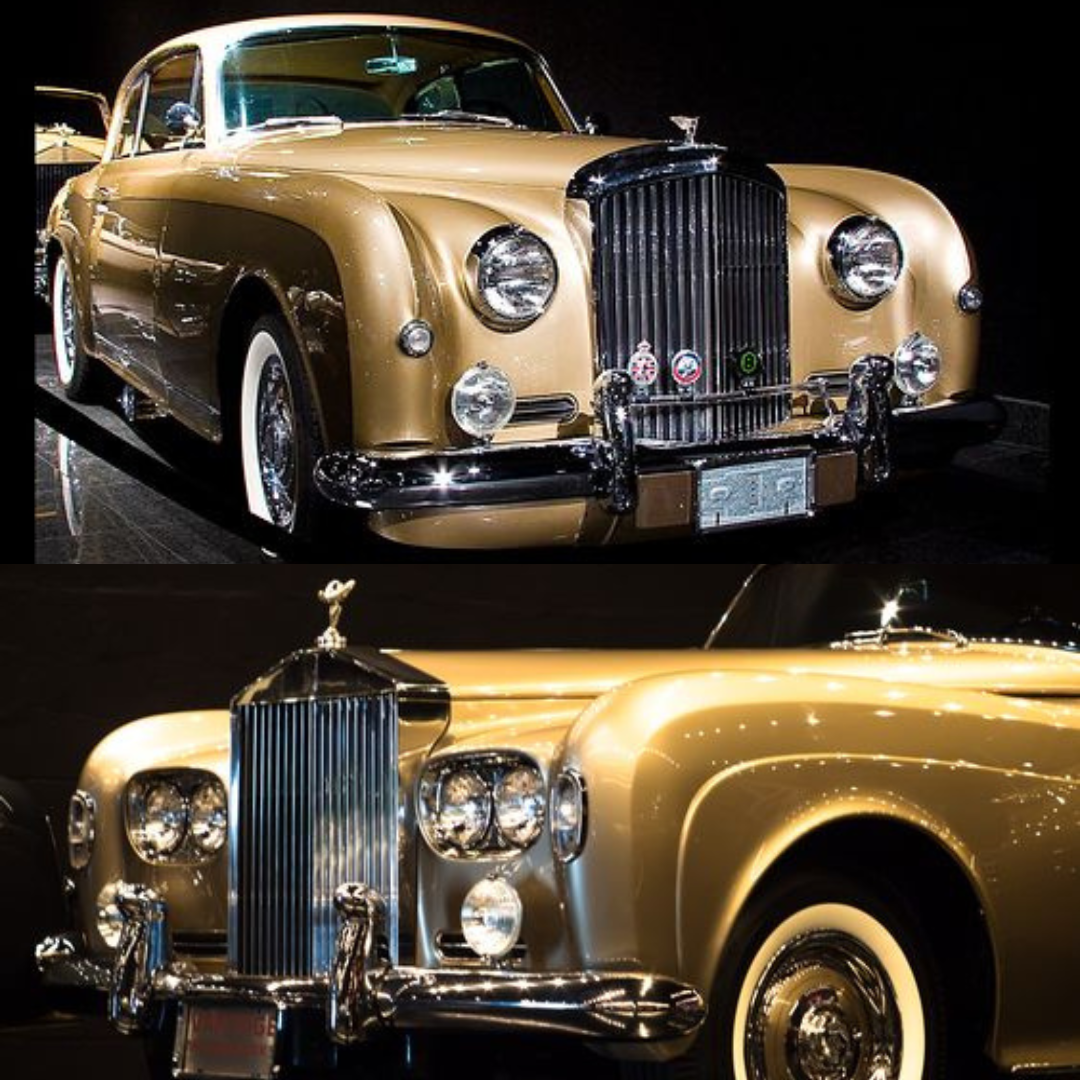
1965 Rolls-Royce Silver Cloud III
This Rolls-Royce Silver Cloud III, a left-hand drive model, showcases the exquisite ‘Flying Spur’ four-door coachwork designed by H J Mulliner. Originally featured on the Bentley Continental in 1957, it made its debut on a Rolls-Royce chassis shortly after the introduction of the Silver Cloud III in 1962. Notably, the majority of Flying Spur coachwork…
-
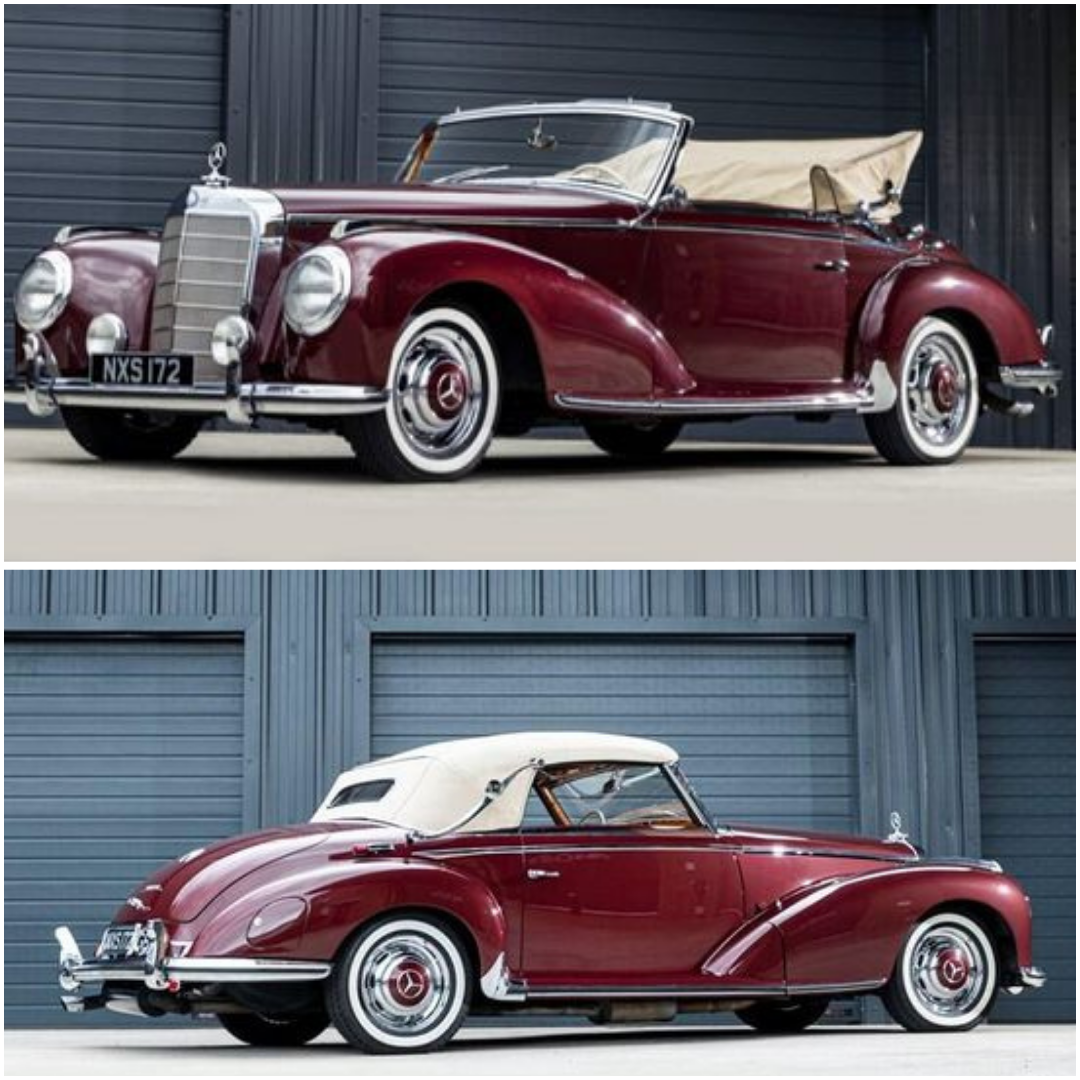
1952 Mercedes-Benz 300 Convertible D
One of the most desirable variations of the Hermann Ahrens-designed Mercedes-Benz 300 is the grand Cabriolet D, one of the final four-door cabriolets produced by a European automaker. Versions were produced on all of the 300 chassis variants, with the example offered here being an early production model on the original 300 chassis. Highly innovative for a…
-
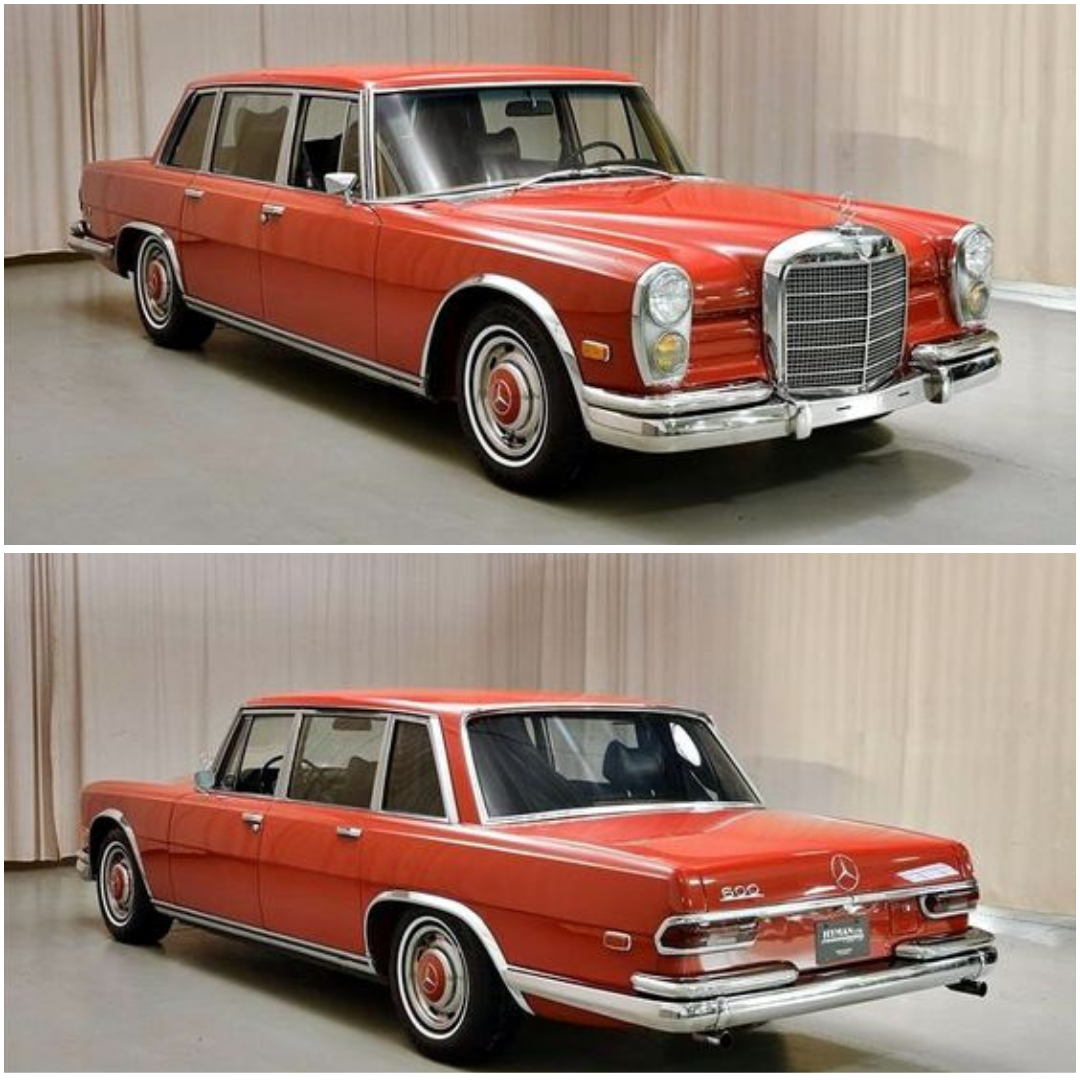
1969 Mercedes-Benz 600 Sedan
The Mercedes-Benz 600 series of ultra-luxury sedans, also known by their W100 chassis designation, are considered among the most well-engineered cars in automotive history. Produced from 1963 through 1981, the 600-series sedans were among the largest cars in Mercedes’ lineup, matching their formidable size with ample luxury and refinement, including such ostentations as an optional,…
-
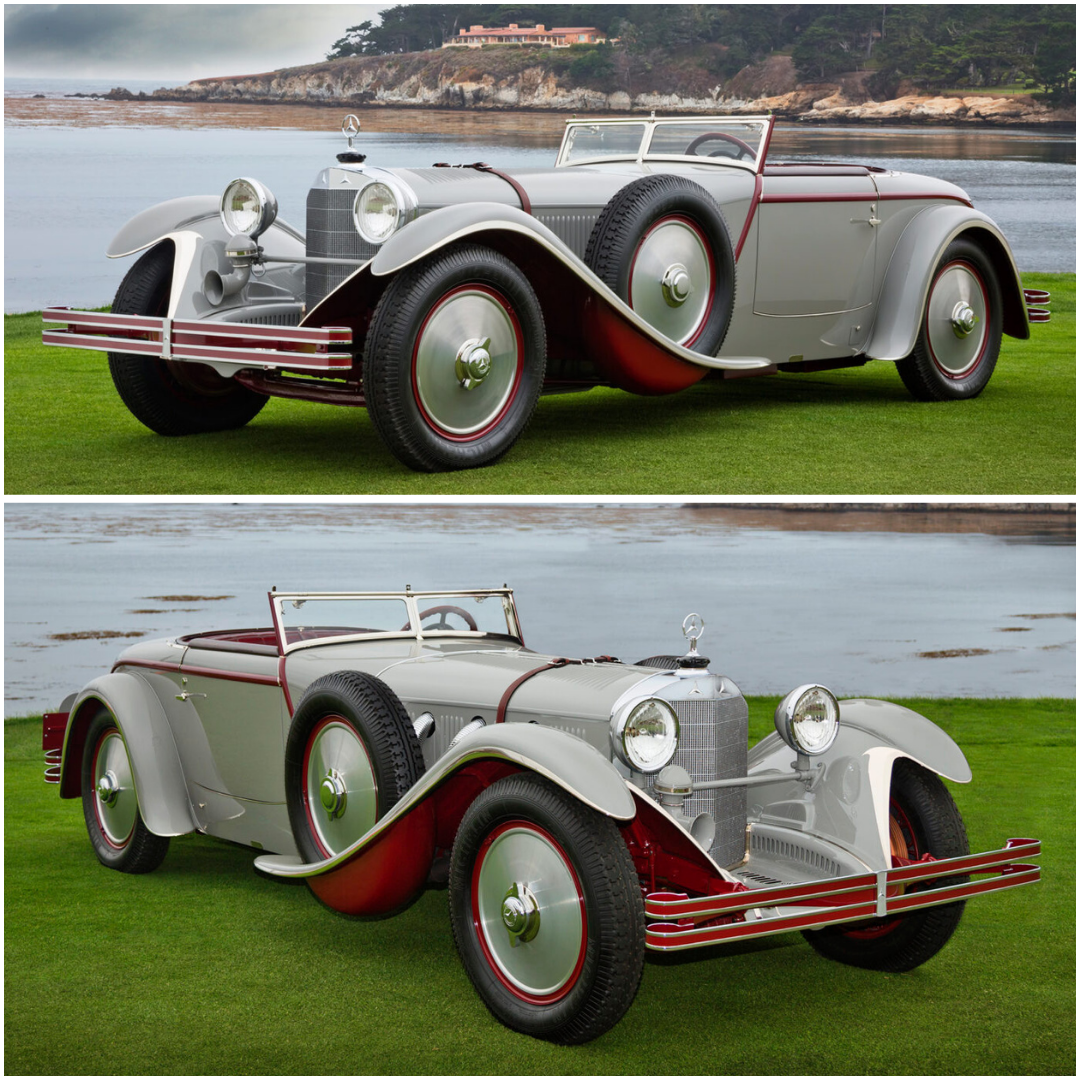
1928 Mercedes-Benz 680S Roadster
Soon after the merger of Mercedes and Benz, the two started developing the world’s fastest sports cars. They were based on the heavy and powerful M06 engine designed by Ferdinand Porsche and became known as the White Elephants for their brute force. The 680 Type-S was the first of this series which would mature into…
-
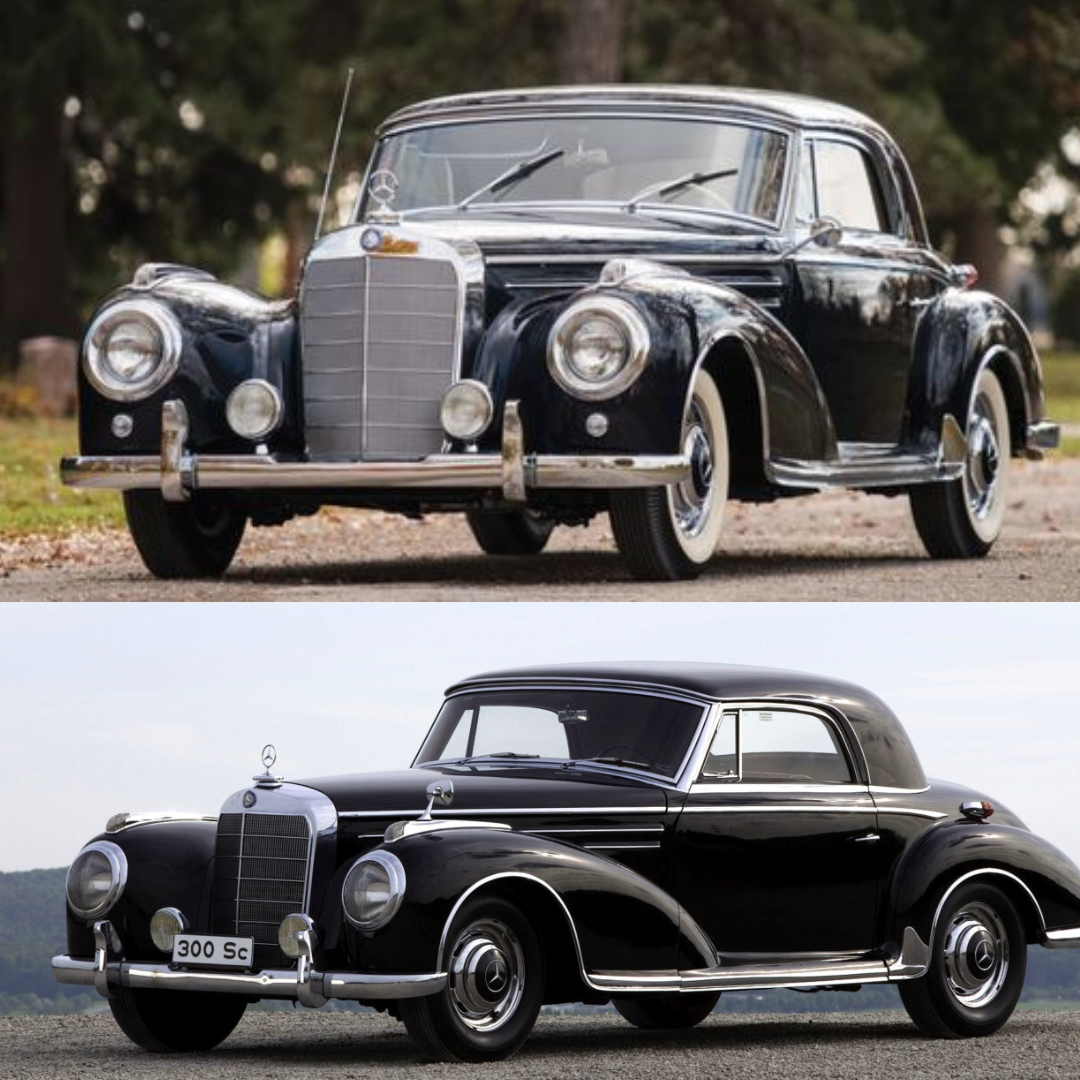
1955 Mercedes-Benz 300 Sc Coupe
The Mercedes-Benz 300 is a highly significant automobile to the history of the company, as it represented the company’s robust return to production following World War II. While the firm was forced to focus on smaller automobiles for practical transportation, it also revived its racing program—which offered both publicity and engineering benefits—and set its sights…
Got any book recommendations?